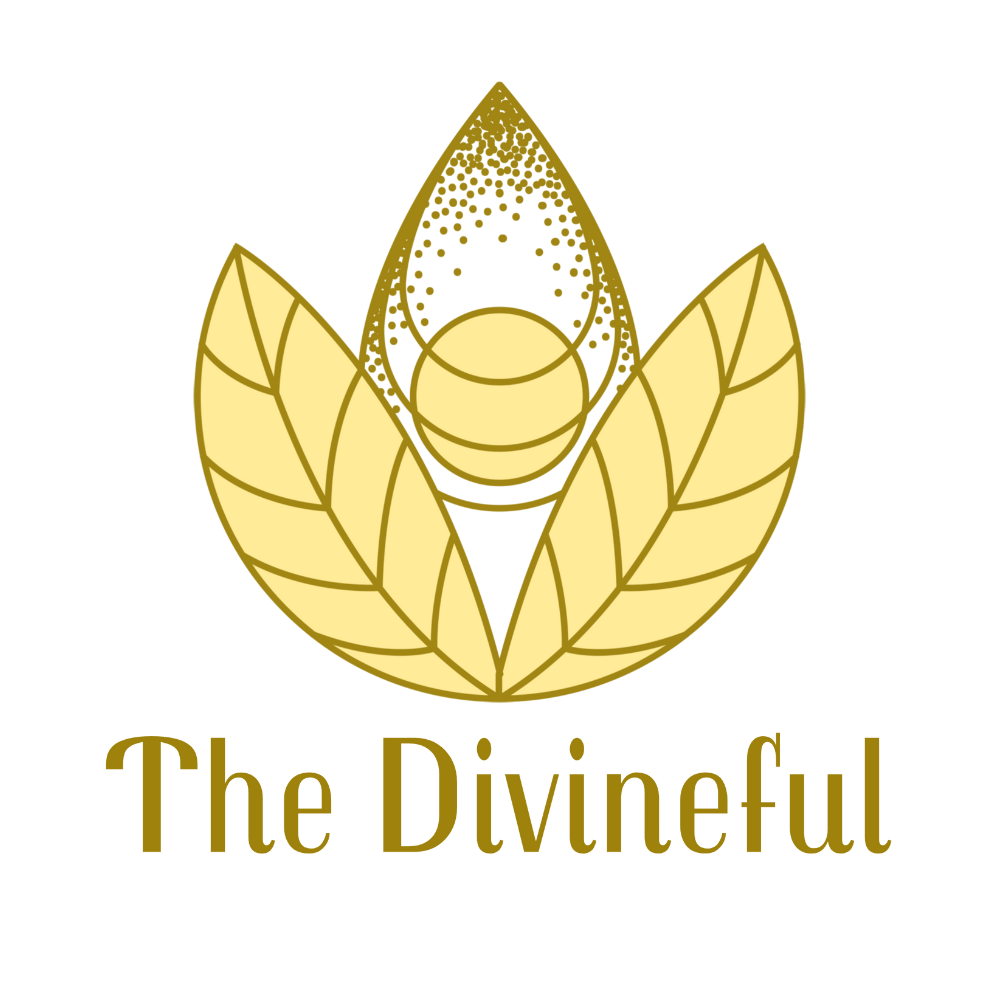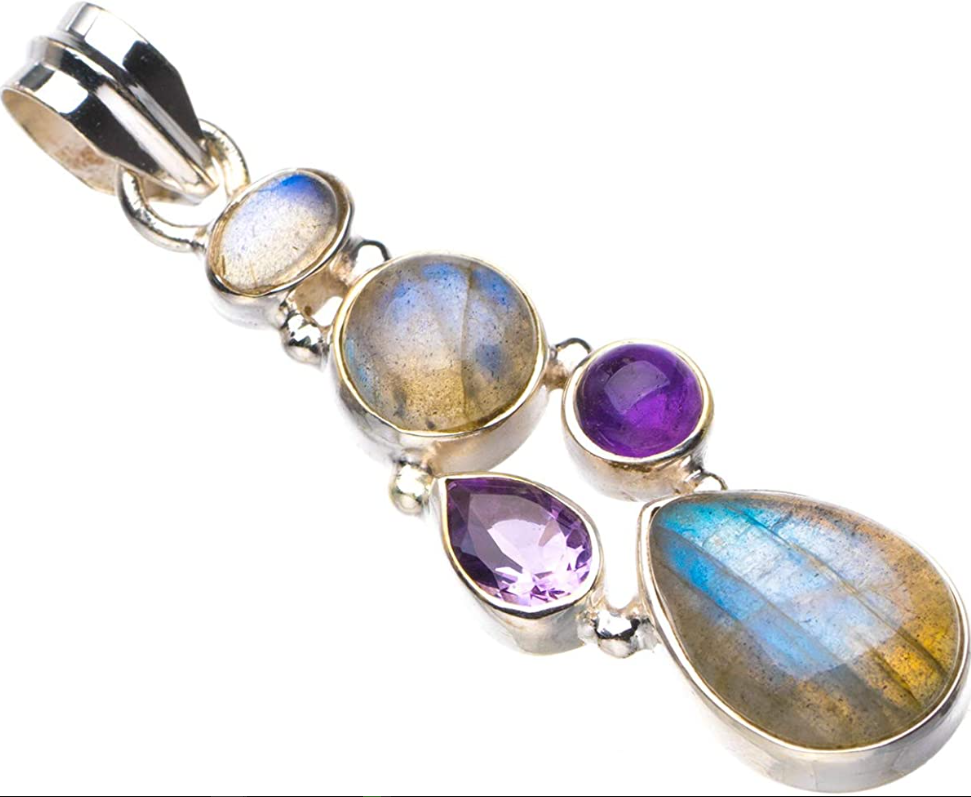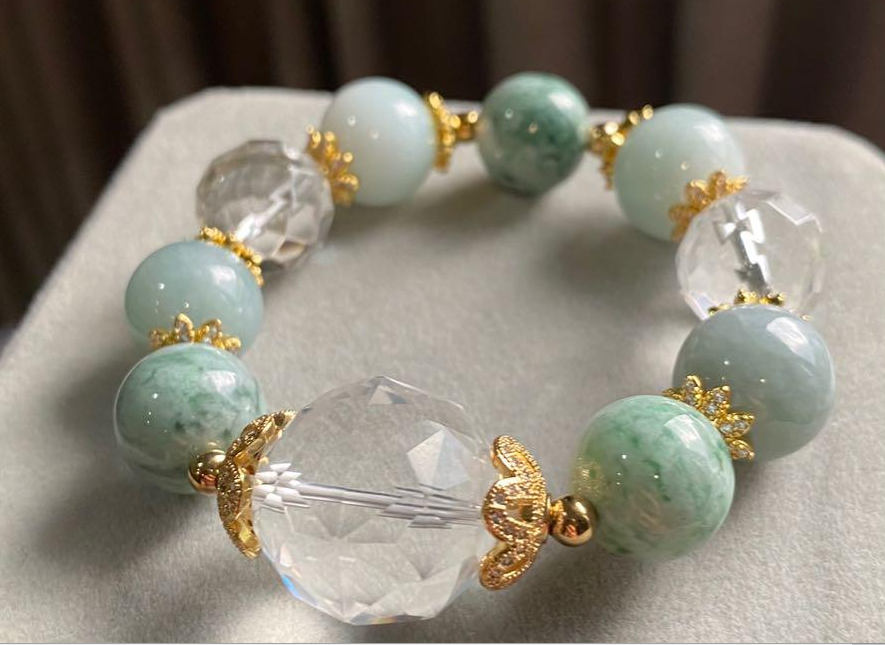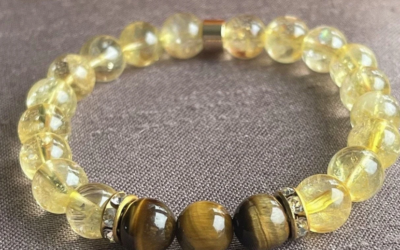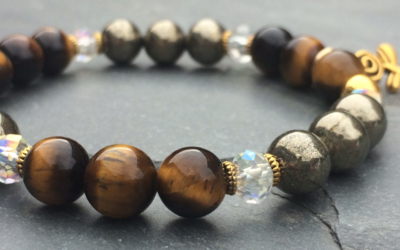Gemstones have captivated humanity for centuries with their mesmerizing beauty and mystical properties. Among the vast array of gemstones, two popular choices are labradorite and amethyst.
Labradorite, with its iridescent play of colors, and amethyst, renowned for its deep purple hues, have both gained significant recognition in the world of gem enthusiasts and spiritual practitioners.
This article explores the characteristics, historical significance, uses, and comparisons of labradorite and amethyst, shedding light on their allure and versatility.
Whether you are a gemstone aficionado, a jewelry designer, or simply intrigued by the wonders of nature, the journey through the enchanting world of labradorite and amethyst promises to be both enlightening and inspiring.

Labradorite
Labradorite, named after the Canadian region of Labrador where it was first discovered, is a mesmerizing gemstone known for its captivating play of colors. Its unique optical effect, called labradorescence, gives it an otherworldly appearance as it reflects light and reveals a spectrum of iridescent hues. Labradorite belongs to the feldspar mineral group and is composed of layers of different minerals, such as albite and anorthite, which contribute to its distinct optical properties.
Labradorite is formed through the process of crystallization deep within the Earth’s crust, where extreme heat and pressure cause the mineral to develop its characteristic structure. It is primarily found in regions like Canada, Finland, Madagascar, Russia, and Australia, among others. The gemstone’s exquisite beauty has earned it a place in various cultures and mythologies throughout history.
Metaphysically, labradorite is believed to possess healing and spiritual properties. It is often used in alternative therapies to promote balance, clarity, and protection. Labradorite is thought to help calm an overactive mind, enhance intuition, and strengthen one’s aura. Many individuals also use labradorite as a tool for meditation and spiritual exploration, harnessing its energy to unlock hidden truths and connect with higher realms.
Labradorite finds its applications in a variety of fields. It is highly valued in the jewelry industry, where it is crafted into exquisite pendants, earrings, and rings. Its unique play of colors adds an ethereal touch to any piece of jewelry. Additionally, labradorite is used in decorative items, such as statues, bowls, and polished slabs, where its enchanting hues can be showcased.
Labradorite comes in various forms and varieties, each offering its own unique beauty and characteristics. Some notable variations include spectrolite, a type of labradorite with intense and vivid labradorescence, and rainbow moonstone, which displays a similar play of colors but with a softer and more translucent appearance.
Amethyst
Amethyst, known for its stunning purple color, is a gemstone that has captivated humanity for centuries. It belongs to the quartz family and gets its distinct hue from trace amounts of iron impurities within its crystal structure. Ranging from pale lavender to deep violet, amethyst’s coloration is often associated with royalty, elegance, and spirituality.
It is formed through the geological process of crystallization, occurring in cavities within igneous rocks. It can be found in various regions worldwide, including Brazil, Uruguay, Zambia, and Madagascar. Brazil, in particular, is renowned for producing large and high-quality amethyst crystals.
Amethyst also holds spiritual and metaphysical significance in many traditions. It is considered a stone of protection and purification, believed to ward off negative energies and promote spiritual growth. In crystal healing practices, amethyst is often used to calm the mind, enhance intuition, and promote relaxation and emotional balance.
In terms of its physical properties, amethyst is a durable gemstone with a hardness rating of 7 on the Mohs scale, making it suitable for various jewelry applications. Its color can vary depending on factors such as lighting and impurity concentration, with the most prized specimens exhibiting a deep, rich purple color.

Comparing Labradorite and Amethyst
Labradorite and amethyst are two distinct gemstones that each possess their own unique qualities and characteristics. While labradorite is known for its iridescent play of colors, amethyst stands out with its captivating purple hues. Let’s explore and compare these two gemstones in various aspects:
Appearance and Color Variations
Labradorite: Labradorite displays a mesmerizing play of colors, known as labradorescence, which can include hues of blue, green, gold, and orange. The intensity and range of colors can vary among individual stones.
Amethyst: Amethyst exhibits a captivating purple color that ranges from pale lavender to deep violet. The color intensity and saturation can also vary, with some amethysts displaying a reddish-purple undertone.
Geological Formation and Mineral Composition
Labradorite: Labradorite is a member of the feldspar mineral group and forms through crystallization deep within the Earth’s crust. It contains a combination of minerals, including albite and anorthite.
Amethyst: Amethyst is a variety of quartz and is formed within cavities in igneous rocks. It gets its purple color from trace amounts of iron impurities within the quartz crystal lattice.
Rarity and Value
Labradorite: Labradorite is considered a semi-rare gemstone. Although it is not as abundant as some other gemstones, it is relatively more accessible compared to highly prized gemstones.
Amethyst: Amethyst is relatively common and can be found in various locations around the world. However, high-quality amethyst with deep color saturation and exceptional clarity is still highly valued.

Symbolism and Spiritual Meanings
Labradorite: Labradorite is associated with transformation, intuition, and protection. It is believed to help awaken one’s inner magic, enhance spiritual connections, and shield against negative energies.
Amethyst: Amethyst is known as a stone of spirituality, peace, and contentment. It is believed to promote calmness, clarity, and spiritual growth. Amethyst is often used in meditation practices to deepen focus and enhance spiritual experiences.
Usage in Jewelry and Decorative Items
Labradorite: Labradorite’s unique play of colors makes it a popular choice for jewelry designers. It is often used in pendants, earrings, and statement rings to create eye-catching and mystical pieces.
Amethyst: Amethyst’s regal purple color makes it highly desirable in jewelry design. It is frequently used in various jewelry styles, ranging from delicate pieces to bold and extravagant designs. Amethyst clusters and geodes are also popular as decorative accents.
Compatibility in Combination or Contrast
Labradorite and Amethyst: Labradorite and amethyst can complement each other beautifully in jewelry designs. The iridescent colors of labradorite can provide an intriguing backdrop to the rich purple tones of amethyst. They can be combined to create captivating and unique pieces that showcase both gemstones’ individual beauty.
In conclusion, while labradorite and amethyst are distinct gemstones, each possesses its own captivating qualities. Labradorite enthralls with its play of colors and mystical allure, while amethyst enchants with its regal purple hues. Whether used separately or in combination, both gemstones offer a touch of beauty and intrigue to jewelry and decorative items, as well as provide spiritual connections and metaphysical benefits to those who appreciate their unique properties.
